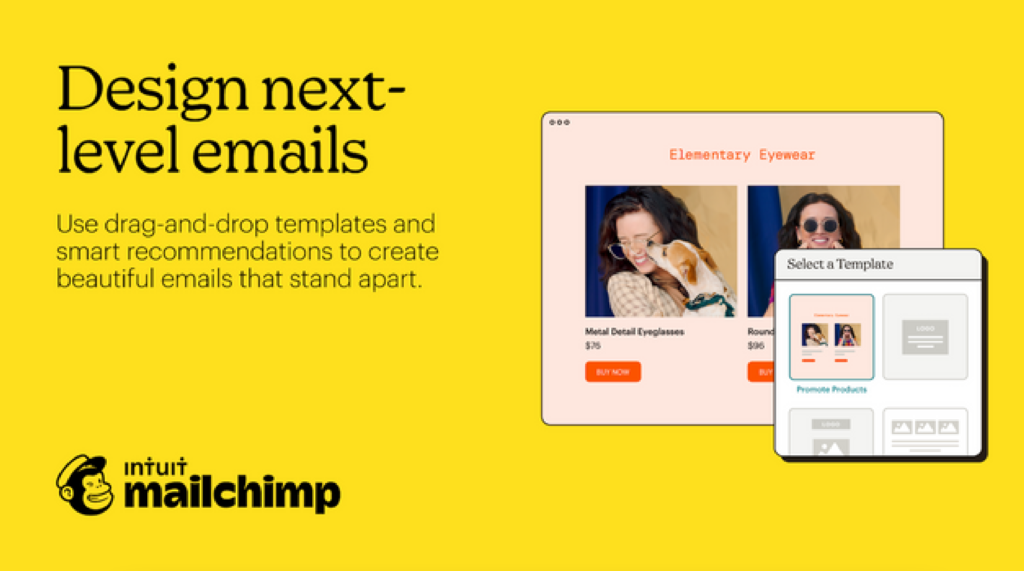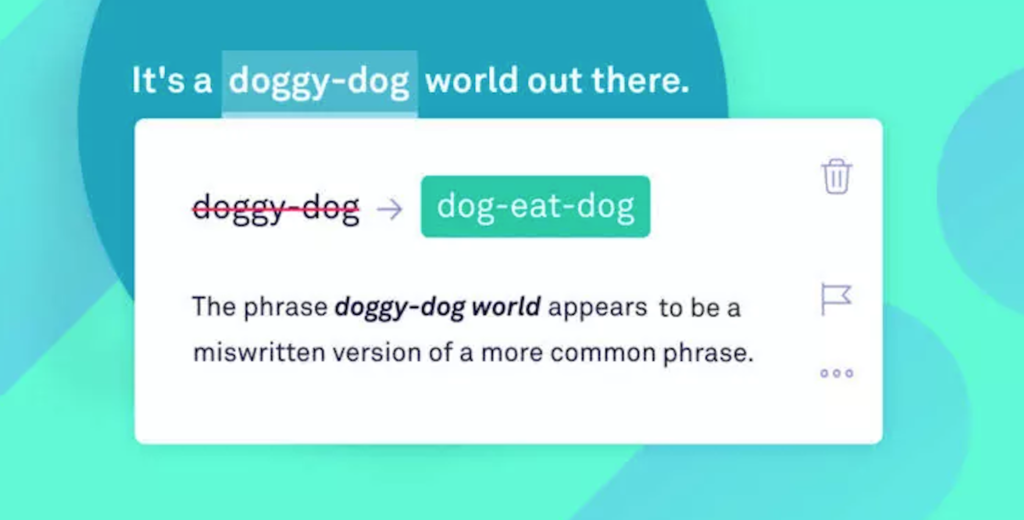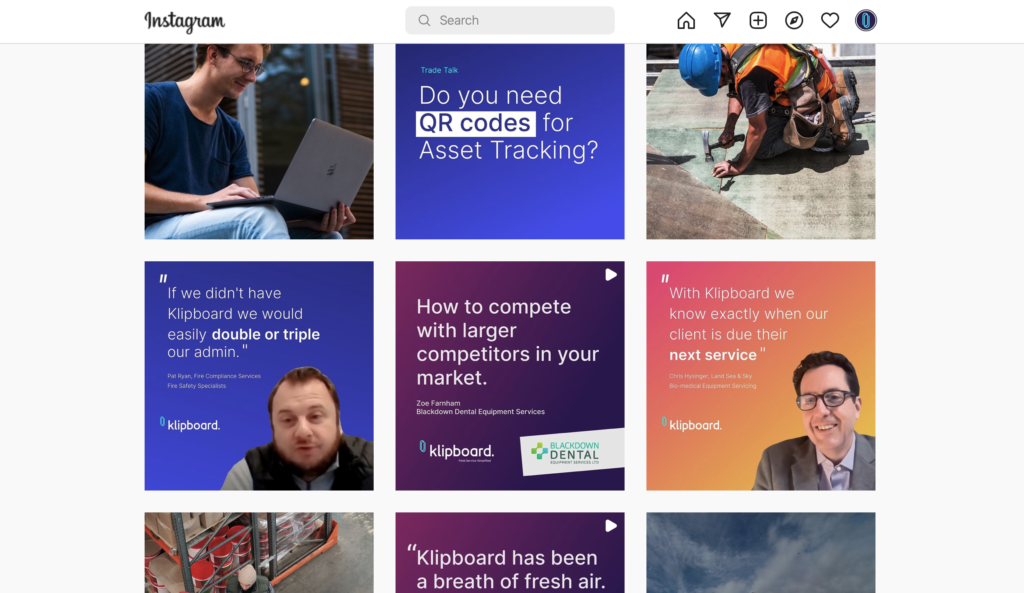Your competitors aren’t putting much thought into their marketing and it’s a big mistake. In this five minute guide you’ll learn how to find some excellent free marketing tools, show you some tried and tested tactics and market your Field Service marketing marvellous!
You’ll be able to steal a march on the competition because Field Service businesses don’t take the time to promote themselves. It’s totally understandable too, there are 101 distractions, such as calls and emails that get in the way from doing just a few activities each week, that will help you find your next customer.
The good news is today it’s easier than ever to create professional looking emails, adverts, social posts and marketing material and all it takes is a few ideas and just a little time each month.
This isn’t a quick fix
Your marketing strategy for your Field Service business should be as well planned out and organised as your job scheduling or invoicing processes. How much time you choose to allocate is up to you, even if it’s just a few activities each week that take 20 minutes, the most important thing is to be consistent.
It’s going to take continued period of activity to see results and keeping the momentum going will pay off in the long run.
Getting your house in order
There’s a couple of basics you need to make sure you have set up before you start.
- Sign up for Social Media even if you have your own personal accounts, create accounts for your business.
Facebook, Twitter, Youtube, TikTok, Instagram – don’t worry too much about what each channel is for, just get the accounts set up and you’ll quickly see which are most suitable for your business. - Make sure your website is ready for business. Your aim is to encourage more people to contact you for your services so you’ll be driving lot’s people to your website. Ensure your website has a way of contacting you, email address, phone number or even better a sign up form.
- Google your business. Or more accurately make sure people can ‘Google your business‘. Setting up your business on Google will make sure people can easily find you, see your contact details and even leave reviews – these are a big deal! For more on how to set this up click here.
How are you currently performing?
Before you put your big creative ideas to work you need to know how you’re currently doing then you’ll know if your marketing is making a difference. This doesn’t have to be any more complicated then a review of your current situation:
- How many weekly or monthly visitors to your website do you achieve?
- How many Social Media followers do you have?
- How many inbound leads do you get a week presently?
To get a quick audit of your current performance is easy. You’ll need access to your Google Analytics data for your website. Make a note of your number of monthly website users and if you’ve set up a form with a goal completion, you’ll see the number of people completing your online form. I appreciate that sounds technical and it is a little, but here’s a really well put together guide on setting up these goals. Click here
It is important and it’s worth your time to set up. If you don’t know how you’re performing, how do you know it’s working?
Time to get organised
You’re very busy. That’s probably the reason you haven’t been able to put aside time to market your Field Service business.
To make a difference you may only need to put aside one hour or so a week. Find a time during the week where you can set aside an hour and book that into your diary.
Create a Marketing Plan
A marketing plan can be as complex or simple as you want to make it. As I’ve stressed before, the most important thing is consistency. You can scale up what you do as you start to see what works or if you’re lucky enough to add extra resources to your team.
A place to start when putting your first marketing plan together is in a calendar format. Allocated space in each month to list the following details:
- The Month
- Theme of content
- Delivery of marketing
- Frequency of marketing
Your choice of themes, messages and frequency should be based on your customers. What’s their main concern or interest at the moment and what can you do to educate, excite, entertain or interest them.
When you’ve decided what you want to say and when each month should look a little something like this:
- October
- Spooky Halloween Deals
- 2 Emails to existing customers
- 1 Email every 2 weeks
- 8 social posts with Spooky Artwork
- 2 Social posts a week on [Facebook, Instagram & Tik-Tok-Tok]
Once you’ve mapped that out across your Marketing Plan for each month over the next few months you can quickly see how easily you can plan in weeks for marketing with little effort. Larger organisations may have different plans for each business unit and type of customer they service but if you’re starting out just keep it simple.
‘And’ is not your friend
Once you know your message and when you want to send out your marketing don’t mix your messages – ‘And’ is not your friend. The more you add to your message the more confusing it gets.
At Klipboard we say ‘Field Service Simplified‘. We could write reams of text around each feature of our Job Management Software, we could go on about our Client Portal, Xero and Quickbooks integration, Intuitive Dashboards, our brilliant form builder… see how you’re losing interest? That happens when you say too much.
Find your message – stick to it.
Make good use of Free Marketing Tools
Make good use free marketing tools
There are plenty of excellent free marketing tools you can use to promote your business. Many of the best tools out there are services you subscribe to but offer a free introductory membership or a limited free trial period – these will be more than good enough for you initially.
Here’s a few Klipboard would recommend.
Later (Social Media Scheduling)
This will save you hours every month. Until you have an in-house Social Media wizard, Later provides a way for small business owners to schedule their weekly posts. All you do is drag your images or videos onto the weekly diary at the times you wish to post them (A bit like our Drag and Drop Job Scheduler!).

Canva (Advert and artwork creation)
Have you ever looked at an advert from one of your competitors and thought… ‘I’d love to be able to make that’
Now you can. Canva is a great tool for producing social media content, adverts, images or emails. It’s easy to use and includes time saving features such as removing the background to images or templates you can use so you don’t have to think of all the ideas!

Mailchimp (Email Marketing)
Email Marketing is a cornerstone of most marketing strategies. It’s a great way to promote an offer, reach new customers and remind previous customers of your services.
Mailchimp offers a Free membership option which includes the basic features you need to get started. You’ll have a place to store your customer content details, you’ll be able to craft great looking emails by taking what you’ve made in Canva and adding it to your email and even create Landing Pages.

Grammarly (Improve your writing)
If words aren’t your thing. Grammarly will be.
It helps you put together well structured, typo-free sentences and it works automatically. All you have to do is have it active while you write and it will make suggestions for changes. It picks up more than just a spellchecker, if you struggle with your ‘yours’ and you’re looking for some help it’s perfect!

Be seen where your customers hang out
Once you understand how you’re currently performing, you’ve got your social accounts set up and you’ve signed up for your free marketing tools, it’s time to get noticed.
How do you get seen?
Be seen where your customers hang out. Think about the person you are trying to reach, create a profile of your ideal customer and come up with some options on where they mostly go for information or things they are likely to be interested in.
If you service lifts and elevators – your customer is likely a building owner or Facilities Manager what articles are they likely to read online, what hashtags are being used by those people.
If you provide plumbing services to the general public — being too targeted might be tricky so try more using more content on Facebook, Tik-Tok or Instagram that focuses on your team.
Your marketing should be a combination of email, social, paid advertising and paid social posts to get noticed. Where you do this is dependent on where your customers can be found and only you can answer that.
Don’t be shy
I’ve you’re proud of a customer review, testimonial, even personal achievements then share them!
Too many businesses believe their customers won’t be interested and they hold back, change your mindset and be the business that shares.

Klipboard regularly shares a mixture of helpful guides, articles, videos, quotes and testimonials from our lovely customers. You can follow us on Instagram here.
Be authentic
Above everything else, be authentic.
People can see marketing-sales guff coming a mile off. As a survival mechanism humans have developed a keen sense of self-protection and this is self-evident in our ability to spot a deal that’s too good to be true. A trend in Marketing that you can see even in some of the largest businesses in the world is being ‘real’. Advertisers have moved away from using actors and replaced them with real people. Let your personality shine through your marketing and people will appreciate you for being authentic.
Do something!
The hardest part is getting started. Follow this guide to get the ball rolling then go your own way. You’ll realise pretty quickly what works for your business and you’ll be able to repeat it, improve it and benefit more from it. A year from now you’ll look back and wish you started earlier.

